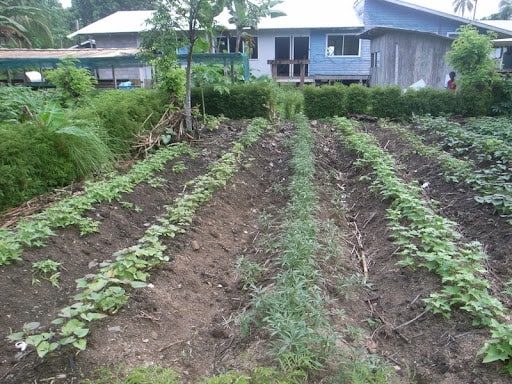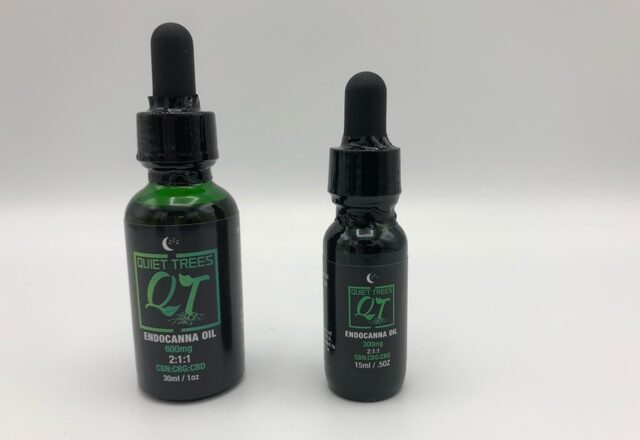It is a proven fact that one sort of veggie can not be grown in the same area or garden bed year in year out. This is due to the fact that details plants draw certain nutrients out of the soil. If you do not turn crops, you will certainly find that the soil will wear away swiftly in regards to both structure as well as the nutrients included in it. Nevertheless by turning plants, and also expanding specific vegetables after others, you will economize on the sources in the soil, as well as add to them.
For example, vegetables catch beneficial nitrogen in little blemishes that base on their roots. Leafy veggies, on the other hand, have a high need for nitrogen, so it stands to factor that they will certainly profit if grown after legumes. Leafed veggies don’t require a great deal of phosphorous, while origin vegetables do. So it’s a good suggestion to plant origin veggies like carrots and radishes after you’ve expanded your leafy veggies. Fruiting plants including tomatoes and cucumbers also soak up any extra potassium left in the soil by plants grown before them.
Revolving crops additionally makes sure that parasites and also diseases generally discovered attacking specific plants will not continue to flourish when a plant that is intimidated by different insects as well as conditions is grown.
While you will not intend to miss out on an entire season without planting your much-loved veggies, the majority of either grow in awesome weather or in warm weather condition. So plant turning according to seasons is fairly simple. However horticulturists caution that we need to alternating (or rotate) crops over a duration of several years – this makes it harder, particularly in a little yard, although lots of veggies might be grown successfully in pots – and also it is easy to replace dirt every so often. Yet in bigger yards, the option is to function according to a collection of beds, to make sure that you can always have the very same veggies expanding if you wish.

Botanically, and by behavior, there are as many as six various vegetable groups:
– Cruciferous crops (or brassicas) including cabbages, cauliflower, broccoli, Brussels sprouts and kale.
– Solanaceous plants, including tomatoes, potatoes (which are roots), peppers as well as aubergines (or eggplants).
– Origin crops, one of the most prominent of which are carrots, turnips, beetroots, parsnips and also salsify.
– Cucurbitaceous plants, like cucumbers, pumpkins, squashes as well as marrows, and all sorts of melon including watermelon.
– Leguminous plants, particularly beans as well as peas.
– Miscellaneous plant not consisted of in the various other five groups, consisting of Swiss chard and also spinach, leeks, celery, onions, wonderful potatoes, radishes, lettuce, endive and also artichokes.
However it can be a challenge to base a plant rotation system on numerous groups, so we have compiled a table for 4 years, which entails planting a streamlined 4 groups in 4 various beds – or on 4 individually defined garden stories.
Group 1: The brassicas as well as onions, leeks and celery, every one of which need great deals of manure and also compost in the soil, and also typically require cool expanding conditions.
Group 2: Root plants plus kohlrabi and pleasant potatoes, both of which remain in reality cruciferous crops. Prevent including manure to the soil prior to growing since the nitrogen promotes leading development as well as encourages irregular growth underground.
Team 3: Solanaceous crops (like tomatoes and potatoes), most of which like warm problems, along with lettuce as well as Swiss chard.
Team 4: Legumes. If you can only consisted of three groups in your plant rotation plan, leave this out as well as plant with other veggies.
Annette Welsford and also Lucia Grimmer are the authors of worldwide best marketing publications Just how to Grow Juicy Tasty Tomatoes as well as How to Grow Terrific Potatoes.
Lucia Grimmer is a globe renowned professional in plant illness and also nourishment that trains green thumbs, agronomists and also expert farmers. She has actually won honors for her technological documents as well as consistently performs trials on a range of crops with the purpose of improving return and minimizing disease.
You can get more free advice about row cropping by visiting their page.



